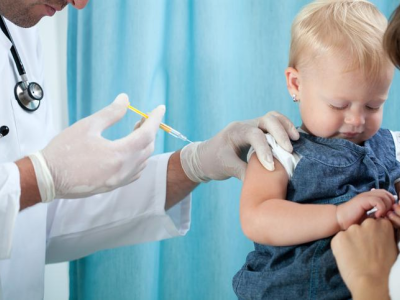Study shows wild birds not long-term reservoir for high-path H5 strains
The viruses causing outbreaks of highly pathogenic H5 avian flu that spread across North American poultry farms in late 2014 into the summer of 2015 did not persist in wild aquatic birds like ducks, suggesting they are not an ongoing source of highly pathogenic avian influenza (HPAI) viruses, according to a study yesterday in Proceedings of the National Academy of Sciences.
"The findings provide a scientific basis for the decision by officials to use culling and quarantines to stop the 2014-15 outbreak in domestic poultry," corresponding author Robert Webster, PhD, an emeritus member of the St. Jude Department of Infectious Diseases, said in a St. Jude news release. "Now, research is needed to identify the mechanism that has evolved in these wild birds to disrupt the perpetuation of highly pathogenic influenza."
St. Jude and other US researchers analyzed swabs from birds' throats and anal regions, as well as bird droppings from 22,892 wild ducks and other aquatic birds collected before, during, and after the 2014-15 HPAI outbreak, which has been linked to HPAI H5N8 from Asia. Samples were collected in the United States and Canada. The H5N8 virus reassorted in North American waterfowl and caused 248 avian flu outbreaks, the vast majority in the United States, and almost $5 billion in losses.
The waterfowl tested positive for H5 strains only during the outbreak—not before or after. In addition, a review of historical North American wild waterfowl samples turned up only low-pathogenic H5 viruses during the past 43 years.
The findings suggest that undiscovered mechanisms might restrict the emergence and perpetuation of HPAI in wild aquatic birds, the authors wrote.
They conclude, "Timely and efficient strategies used to successfully prevent and eradicate HPAIVs infecting poultry, without the use of vaccines, appear to complement natural biological mechanisms in disrupting the perpetuation and possible spread of HPAIVs by wild aquatic birds."
Jul 25 Proc Natl Acad Sci abstract
Jul 25 St. Jude press release
France reports new H5N1 avian flu outbreak in ducks
After reporting two outbreaks last week, French officials today confirmed a new highly pathogenic H5N1 avian flu outbreak in Dordogne department, according to a post from Avian Flu Diary, an infectious disease blog.
The affected flock comprises 24,000 ducks, according to a translated statement from France's agricultural ministry. The flock is only 400 meters from outdoor breeding chickens, officials reported yesterday.
Last week's outbreaks were in Dordogne and Aveyron departments. They ended 3 months with no known outbreaks. Since November 2015 the country has confirmed 80 outbreaks involving five new strains of European-origin avian flu, three of them highly pathogenic.
Jul 26 Avian Flu Diary post












